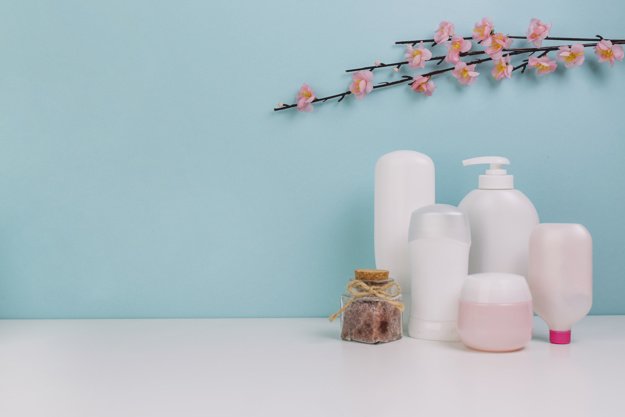Tag: shampoo manufacturing process

How is Shampoo Made?
Unless you're completely bald, you've used shampoo at least once in your life. It's the most basic product used for cleaning hair, about as integral for people's haircare routine as running water and a good conditioner. There are all sorts of varieties out there, each with their own unique additions to the basic function. However, most people don't really take the time to look past the bottle and the use, to look at the list of ingredients and wonder how someone puts it all together. The shampoo manufacturing process can be a long one that requires many fields of expertise. Here's a look at this intriguing process, from start to finish. How is Shampoo Made? The Formula: It all begins with formula. The first step here is to have a concept of what the shampoo will be like, from the smell to the color. Things like specific effects it will have are also considered. From there, the cosmetic chemists will put together a formulation based on available ingredients. Most of these will be basic chemicals, along with plant extracts, essential oils, and scents. Initial batches are made in small quantities. These are run through rigorous tests to determine whether or not the basic formula is stable enough to do what it's intended to do, and any side effects it might have. Common Ingredients: Water is the most basic ingredient in any shampoo formula. In most cases, it'll be about 70%. In some instances, it can go as high as 80%. The water is not ordinary water, but deionized water. Cleansing agents known as surfactants are the second most common, as they're the ones responsible for the basic function of the shampoo. Most of these are derived from fatty acids, which are abundant in both plants and animal sources. The other two common ingredients are thickeners and foam boosters. The former is what gives shampoo it's viscosity. The latter is what makes it foam when used. Other Ingredients: Special additives may be used, depending on the formula. For instance, zinc pyrithione is a common additive for shampoo formulations specifically meant to combat dandruff. Fragrances might be added for specific effects. The most common special additives in modern shampoo products are essential oils and plant extracts. Preservatives are often added as a means of giving the formula longer shelf life. Modifiers may also be included, to achieve a specific effect. These can include dyes to change the color, agents designed to minimize the effects of exposure to hard water, or even acids and bases to achieve a specific pH balance. The Compounding Process: Once a formula is determined, the next step is compounding. At this stage, large quantities of the ingredients are mixed together in an industrial blender. The workers doing this part of the process must follow instructions crucial to the proper formulation of the compounds. Errors can result in a bad batch of shampoo or a failure to produce a batch at all. The batches can be heated or cooled, depending on the needs of the formula. Quality Control and Correction: After compounding, the next step is quality control. A sample of the batch is sent to a lab for testing. Details such as the color, pH distribution, chemical stability, and even the amount of detergent or preservative in the sample are measured against recommended standards. This step is to make sure that the chemicals align with the original formulation. If any detail does not fit the requirements, adjustments are made until the issue is corrected. The nature of the corrections can vary. If the pH balance is wrong, acids or bases can be added to get the correct level. Salt is often used to correct any problems with viscosity, while dyes are added if the color isn't right. Filling: Once a batch has been approved, it gets moved to another tank where it awaits the filling process. This part is when the batch of shampoo is filled into the bottles using machines. The bottles are aligned until they are all upright and lined up, ready to be filled by nozzles that let the compound in the task flow. The process is automated, with pre-set amounts being released before the conveyor belt moves on to another set of bottles. Another Round of Quality Control: There is another step in quality control, this time concerned with the packaging and processing. People are tasked with making sure that the filling process is going smoothly and nothing is wrong. Random inspections of batches will be done to make sure the packaging is correct. Like the chemical quality control step, there are specifications that need to be met before a batch can be approved. Conclusion: The making of a typical bottle of shampoo is an involved process. It is a combination of mechanical know-how, chemical expertise, and a little creativity. All of it produces a bottle of a staple hygienic product, used by people the world over. Read Also: Use Organic Products To Prevent Gray Hair Why Hairdressers Love Rose Gold Colour Who Are The Best Software Vendors Out There?
READ MOREDetails















